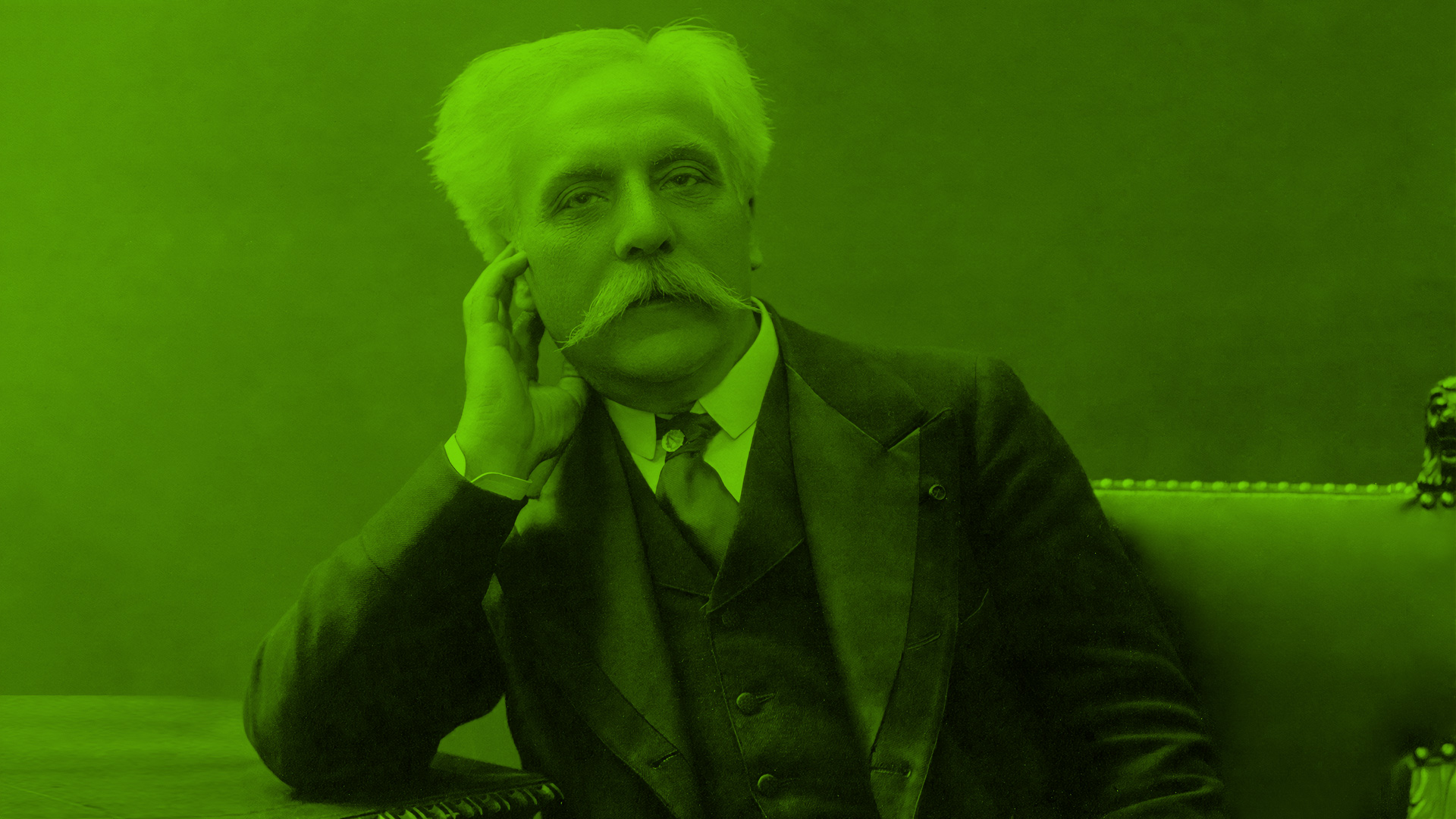GIAN FRANCESCO MALIPIERO
Le stagioni italiche
GABRIEL FAURÉ
La chanson d’Eve
Mezzosoprano
Manuela Custer
Piano
Claudio Marino Moretti
Il The program NOVECENTI Chansons italicheoffers a selection of selezione di lyrics for piano and voice by Gian Francesco Malipiero and Gabriel Fauré. I due compositori, accomunati dal fatto di avere una radicata identità culturale, hanno enormemente contribuito rispettivamente alla tradizione cameristica italiana e a quella francese.
Le stagioni italiche is a collection of four pieces for piano and voice composed by Gian Francesco Malipiero in 1923, premiered in 1925 with the performance of Spinella Agostini and Alfredo Casella. Such a collection in composed by four pieces: Lauda per un morto, with lyrics by Brunetto Latini, Canto della neve, from Canti carnevaleschi by unknown author, Capriccio, with lyrics by Francesco De Lemene and Ditirambo terzo, from Laudi by Gabriele D’Annunzio. Malipiero wrote about Stagioni italiche «they represent a long and happy journey across our poetry… They correspond with what I was looking for, but in reality they are the synthesis of hundreds of thousands of other gitating and purifying lyrics that enlighten the spirit.». Therefore, we can consider such a collection as an anthology of the ideal where Malipiero explores a ‘story in brief’ of Italian poetry through his music. Because of the nature of this anthologic nature where very different styles, sentiments and thoughts go together, the musical writing is quite varied and presents many aspects of Malipiero’s unique language. Among such elements, the great structural and rhythmic freedom, the unpredictable and rapsodic pace and the rich variety of influences, from the gregorian singing to the XVI-century monody up until the music of Debussy and Ravel. Malipiero riprende a modo proprio quella che a inizio Novecento fu una tendenza molto comune, ovvero l’utilizzo di forme e generi che aveva caratterizzato la musica rinascimentale, barocca e classica, riletti in chiave contemporanea.
La chanson d’Eve is a cycle of ten songs for piano and voice. Fauré was inspired by the homonym collection of the Belgian poet Charles Van Leberghe which he put into music between 1906 and 1910. The ten songs were performed in different moments, while the collection was published in 1911. Such texts have very lyric and descriptive characteristics: the poet writes of an evocative hymn to nature as a divine creation and to God through the eyes of Eva across a journey from her borth to her death. The last two lyrics, Crépuscule and O mort, poussière d’étoiles, have a more reflexive tone instead, with premonitions and summonings of death. From Fauré’s music fully rises the great harmonic refinement of French taste. The composer, first Saint-Saëns student’s and then Ravel’s master, represents a musical tradition firmly bound to French culture. The wide catalogue of chamber music, Fauré’s most explored genre, is particularly rich concerning vocal music. The most beloved literary sources by the composer belonged to the Symboic movement. Maybe that poetry was the most kindred to Fauré’s sensitivity, whose expression has always leaned towards a complementarity between music and words where music explores and amplifies the meaning of the word and infinitely expands the interpretative possibilities while preserving its implicit, intimate and spiritual nature.
Ludovica Gelpi

